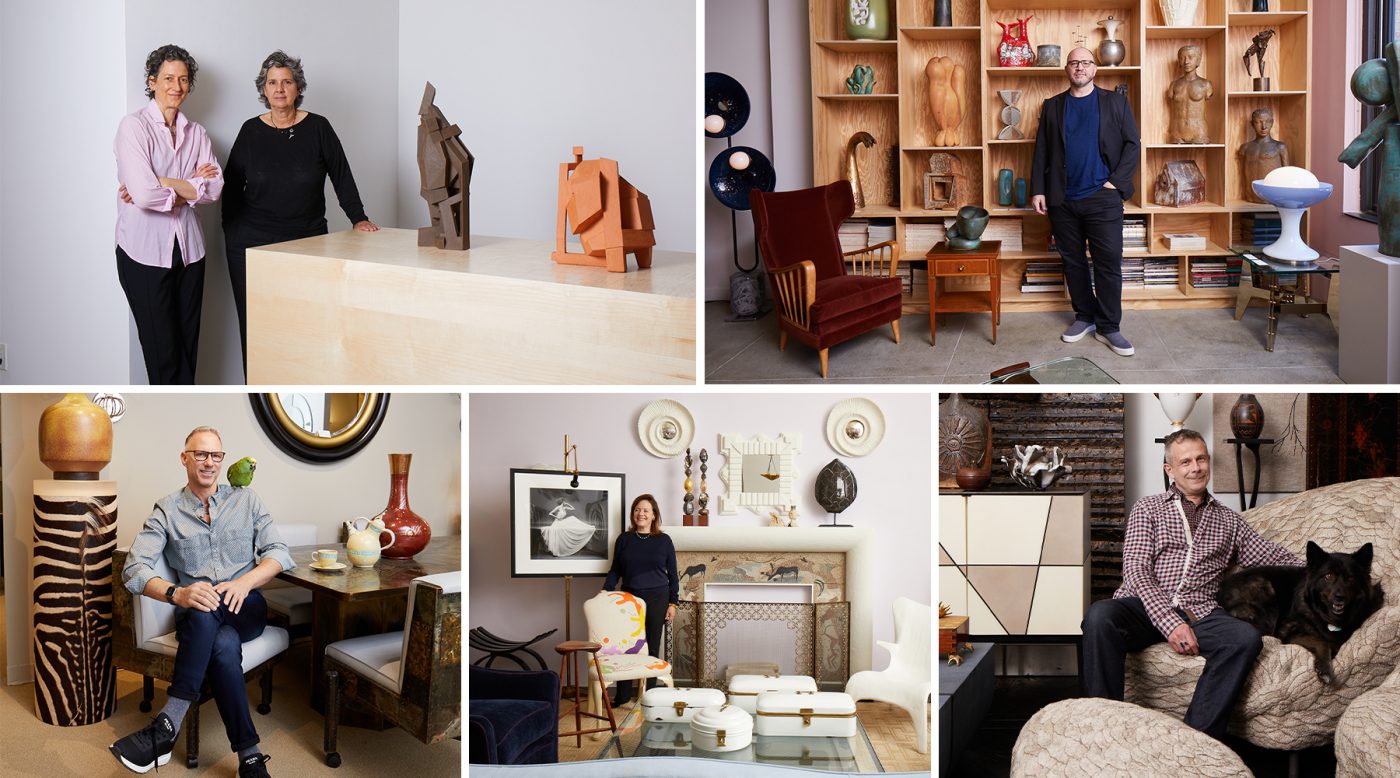6 Illustrious Dealers Unpack the Evolution of Taste Since They Joined 1stDibs
SEPTEMBER 12, 2021What better way to mark 1stDibs’ 21st anniversary than to gather together a group of stellar New York–based design dealers who are among our longest-tenured sellers? Earlier in the summer, 1stDibs editorial director Anthony Barzilay Freund asked PAUL DONZELLA; Benoist F. Drut (of MAISON GERARD); Kim Hostler and Juliet Burrows (of HOSTLER BURROWS); Evan Lobel (of LOBEL MODERN); and LIZ O’BRIEN to join him for a Zoom roundtable discussion on the world of antique, vintage and contemporary design and the changes they’ve witnessed — to some extent, ushered in — during their long careers handling some of the most beautiful things on earth.
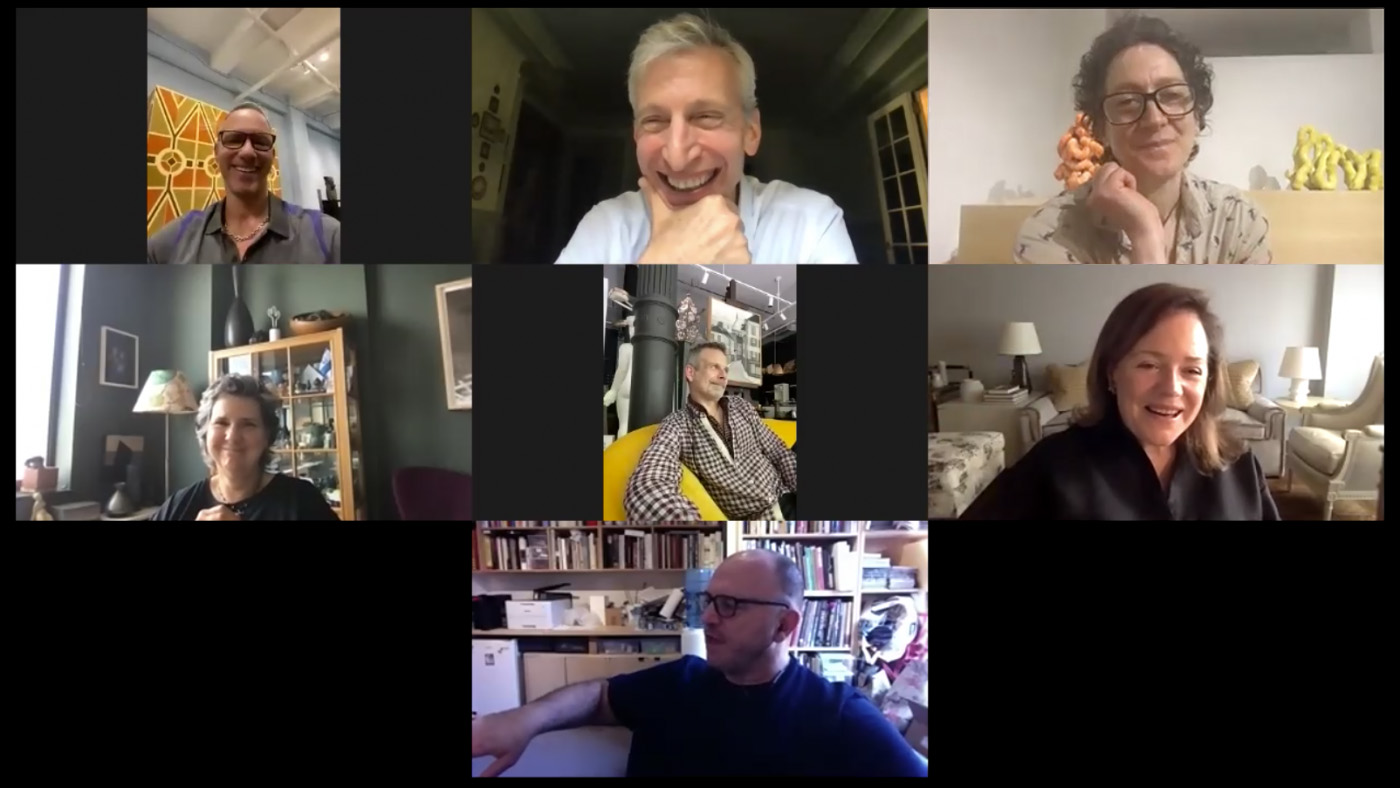
Anthony Barzilay Freund: Welcome, all. I’m so glad you joined us to help celebrate our anniversary since you’ve all been on board practically from the launch of 1stDibs. I feel like I’ve known you all forever, but why don’t you start off by introducing yourselves?
Juliet Burrows: I’m Juliet Burrows. I’m one half of Hostler Burrows. We opened our first gallery in 1998, and we specialize in Scandinavian and Nordic design with a particular focus on studio ceramics and international, contemporary and vintage design.
Kim Hostler: I’m Kim Hostler, Juliet’s partner in Hostler Burrows.
Liz O’Brien: My gallery is called Liz O’Brien. We opened in 1993. I specialize in American mid-century design, with some French and Italian and, increasingly recently, a growing roster of contemporary makers.
Evan Lobel: I’m Evan Lobel. My gallery is Lobel Modern. I opened in 1998, and I focus on twentieth-century American design, particularly from the nineteen sixties, seventies and eighties — furniture that crosses over into art.
Paul Donzella: I’m Paul Donzella, and I’m the owner of Donzella, Ltd., which I started in 1994. I specialize in postwar design from Italy and America with an emphasis on ceramics and sculpture.
Benoist F. Drut: I am Benoist Drut, owner of Maison Gerard, which was founded by GERARDUS A. WIDDERSHOVEN in 1974. We specialize in fine furniture, lighting and objets d’art by French ART DECO luminaries, as well as collectible contemporary design by 21st-century visionaries.
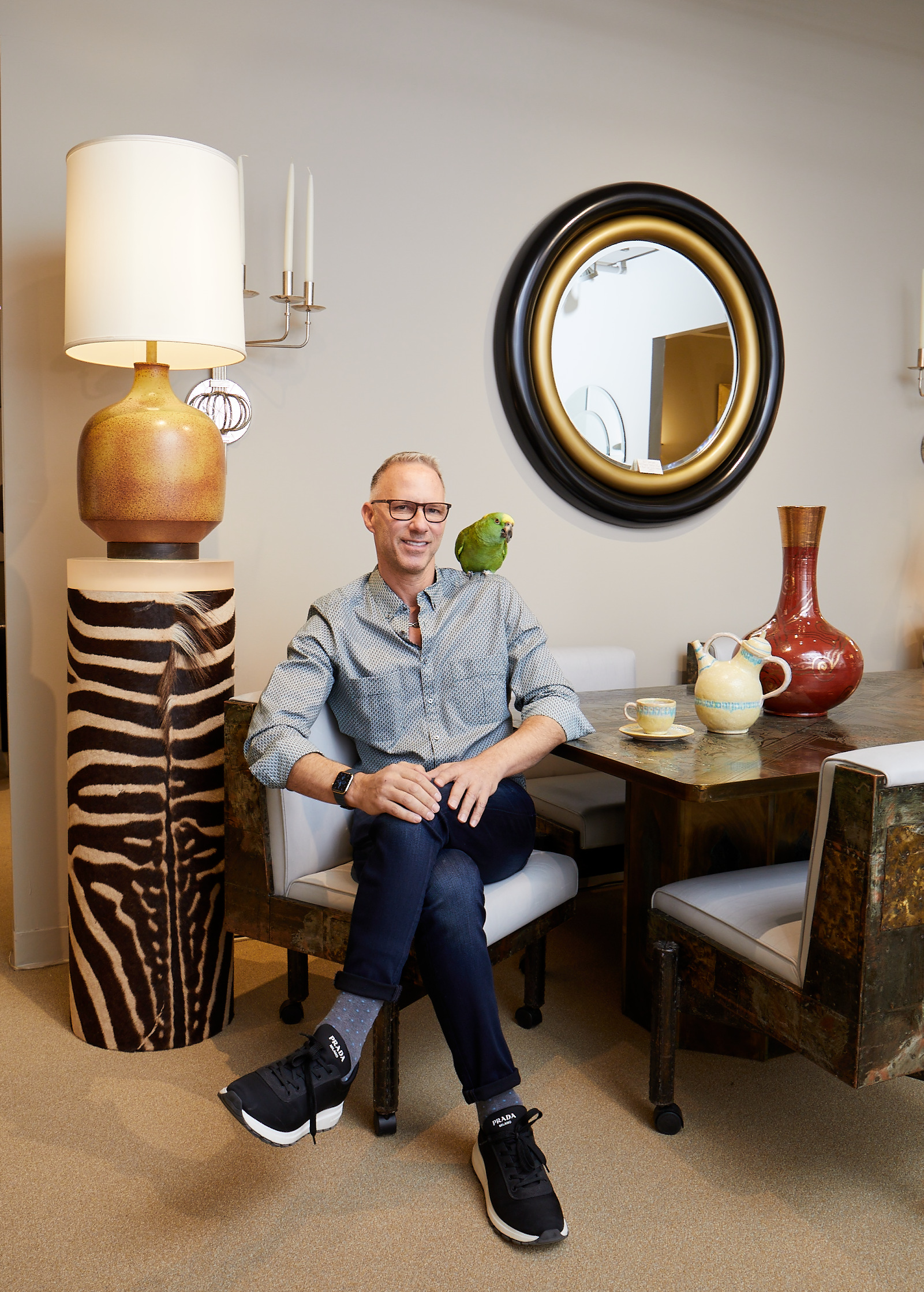
Tony: Great. Thank you. I’m curious to hear what drove you into this world in the first place. What attracted you to design?
Evan: I worked for a hedge fund for over a decade, and there wasn’t a lot of interaction with other human beings, and it wasn’t very creative. I wanted a different career, and I had already developed a passion for mid-century design and furniture through my friendship with Paul Donzella. I longed to be in a world where beautiful things could pass through my hands and I could learn about these incredible designs of the mid-century.
Tony: What was the first piece you purchased either for yourself or for the gallery?
Evan: I had been collecting for a while, and there was a preponderance of T.H. ROBSJOHN-GIBBINGS, EDWARD WORMLEY and HARVEY PROBBER. When I first opened, many of those pieces in my personal collection became my showroom.
Tony: Does anyone else want to share their origin story?
Liz: I stumbled into it by accident, really. I took a job at ALAN MOSS, and it was going to be temporary. Then, I worked with Tony DeLorenzo briefly, and in the meantime, I started going to the markets. I think all of us were so lucky when we got into this business. There were so many exciting things coming onto the market for the first time. There wasn’t much documentation, so we all had to do a lot of research. We were learning so many things for the first time. And I was hooked.
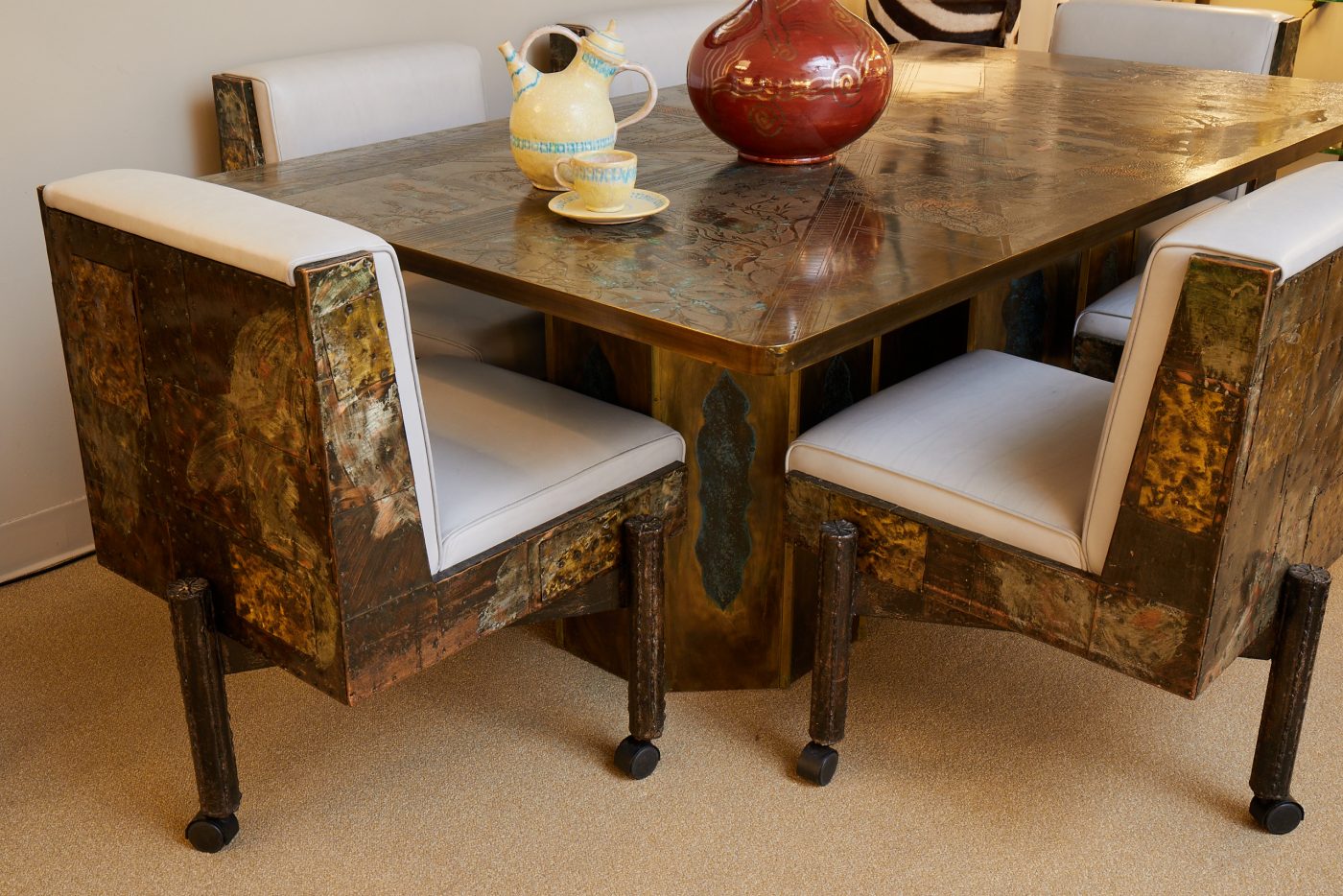
Tony: What did you specialize in when you went out on your own, Liz?
Liz: When I opened at Forty-one Wooster Street, I was very interested in the nineteen forties, in fashion and SURREALISM. That was very much in vogue in Paris, but there was really nobody in New York doing that. And so, I took a lot of trips to Paris. And then, I also got into interesting American things.
Tony: What kind of American things?
Liz: People like CHARLES EAMES and GEORGE NELSON were already widely collected, but I wasn’t really into that. I was able to start buying works by SAMUEL MARX, Robsjohn-Gibbings, and that became our focus.
Benoist: I do remember the early years, shopping for a client, and Liz had the most beautiful pieces by Samuel Marx. Everything came out of the estate at the time. It was very novel. The market was unknown.
Liz: Now, we have all these books, but it was different then. People used to come into my gallery and say, “What books can I get?” And there was Martin Battersby’s books, and that was it. I would send them to books on fashion and surrealism.
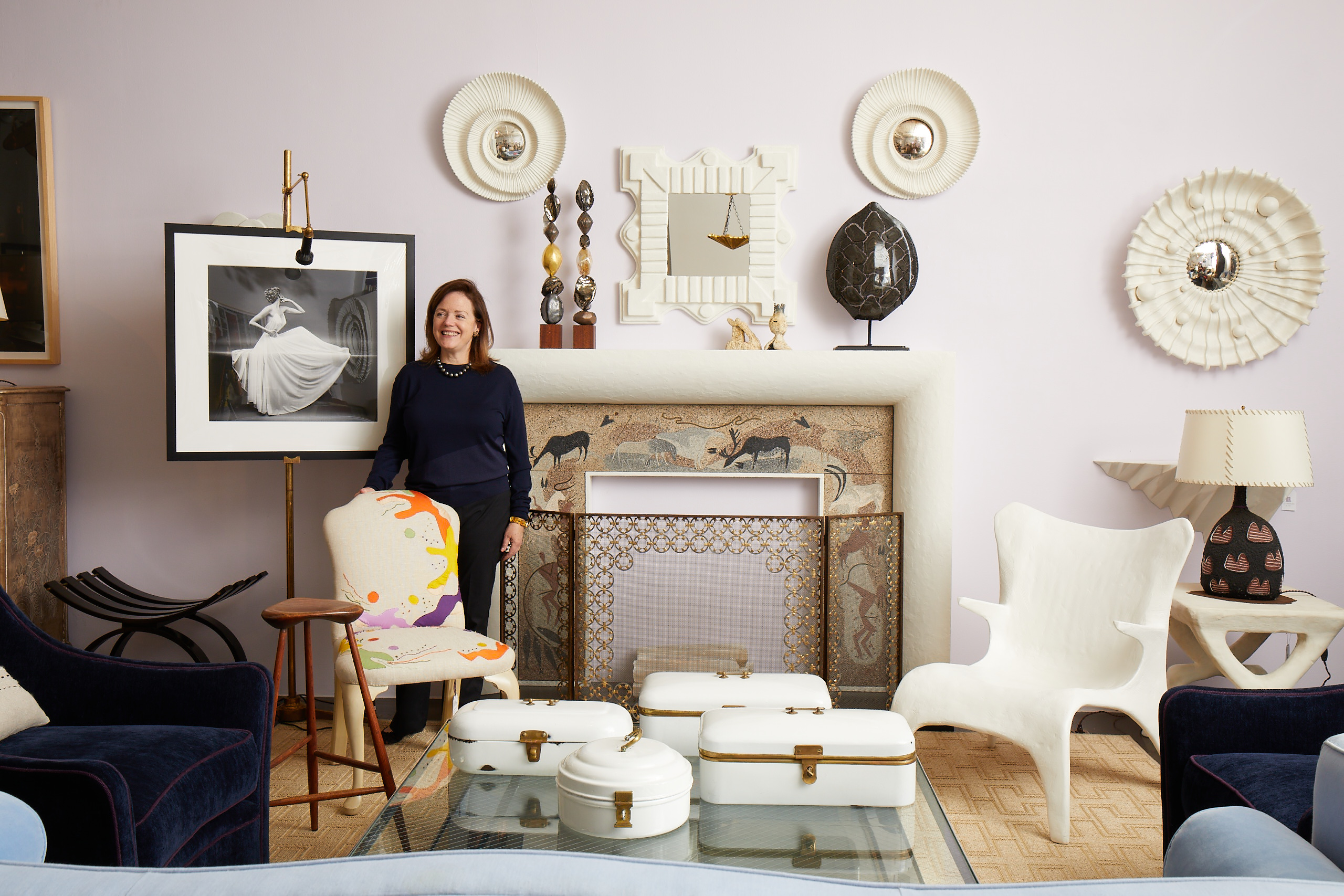
Tony: You all really blazed a trail through uncharted territories.
Paul: When you were introduced to a designer you hadn’t really heard of, the pieces had a mystique, and you’d imagine what else this person created. Like the others said, you didn’t have any books to consult, and that would only drive you to try to find out more. It was almost as exciting to search for the documentation on these designers as it was to find the pieces, because in the pages you would find more than you would in person, so you had this mystery being solved for you by finding old magazines and publications.
Benoist: Gerard founded the gallery in 1974, and at the time, we would collect the various publications of the period of our furniture, magazines from the nineteen twenties, thirties and so on. These were our only source of knowledge. It was a very different adventure. You could not go to a flea market and google something. You just had to take a chance.
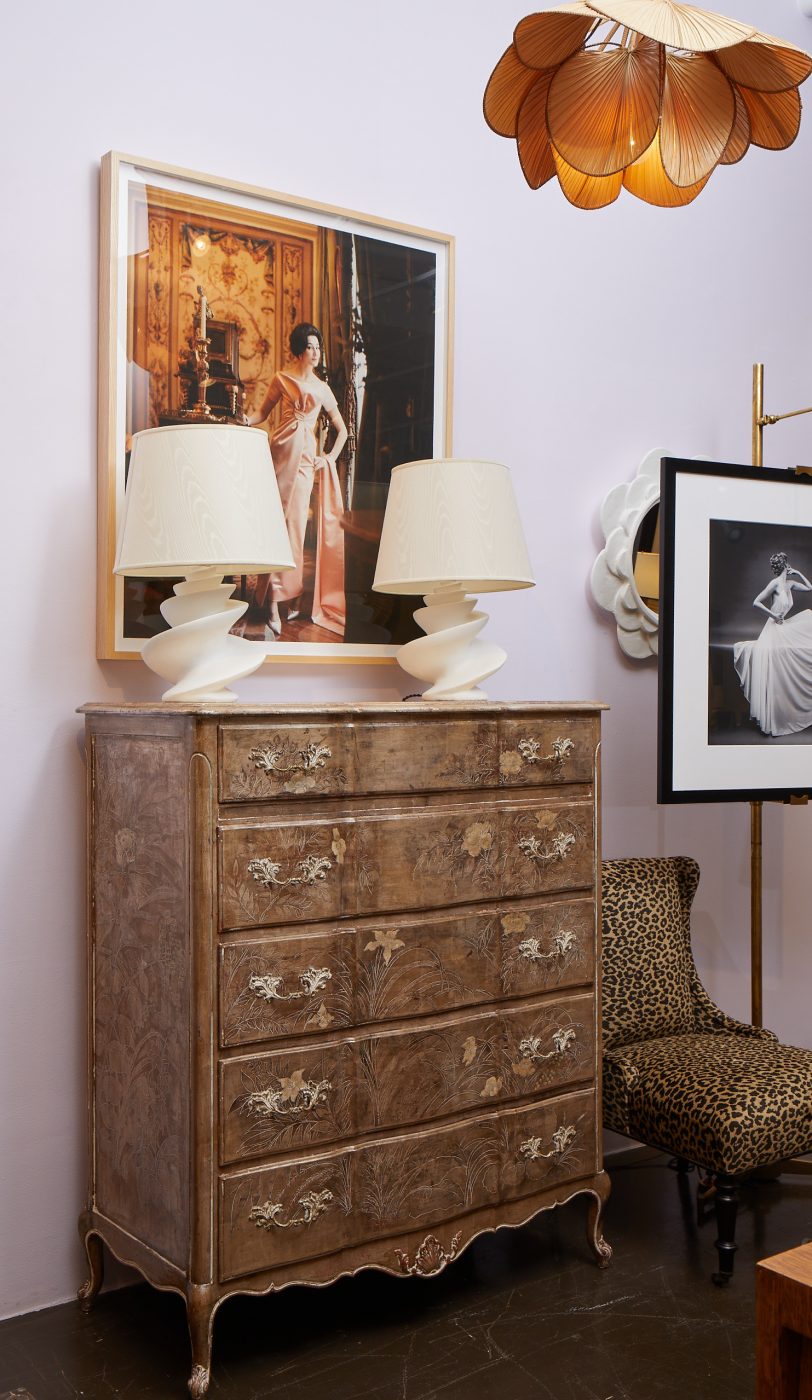
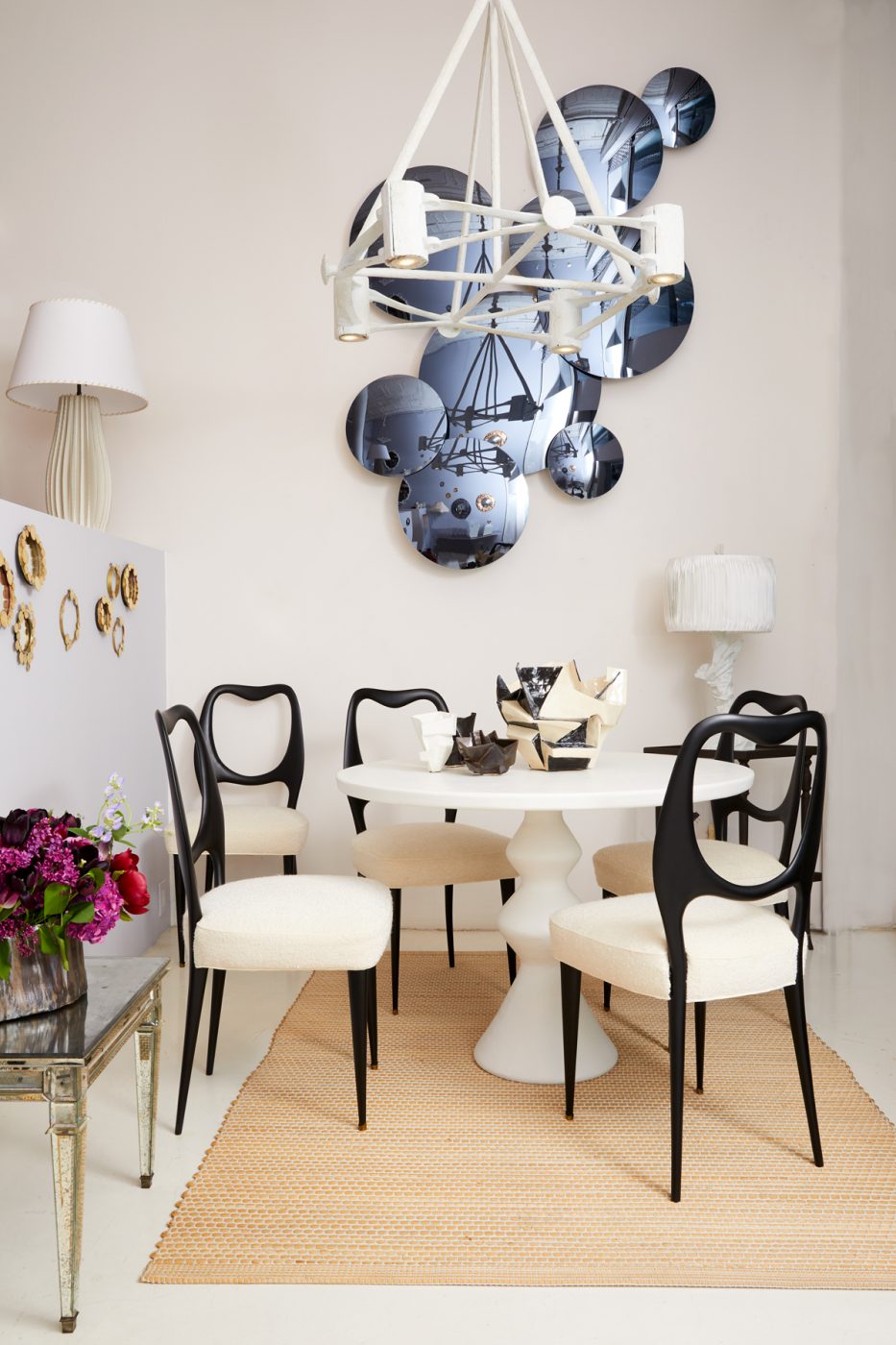
Tony: Benoist, tell me how you came to this field.
Benoist: Well, my parents never went to a furniture store to buy something new. That was just not in our DNA. My mother would go to the local antiques dealer. I grew up in a small village, an hour from Paris but a world away, and around age ten, I would be the one asking to go see the dealers in Paris. I went on to study law because I wanted to be an auctioneer, and at the time in France it was required to have a law degree. And then very quickly, I realized that law was not my field. After working for an auctioneer in Paris, I came to New York and started with ROGER PRIGENT, of Malmaison, the legendary collector-dealer, and then KARL KEMP, and then I met Gerard, and the rest is history.
Tony: Kim, do you want to tell us your origin story?
Kim: I was raised in the business: My mom was an artist, and my dad fixed things that we would take to auction. Some of my first memories as a baby, really, were going to country auctions. Being around beautiful things that are made by hand was always a part of my life. But I was also working at a racetrack. I became an assistant trainer, and I was offered forty baby horses in Ocala, Florida. At the same time, I was dealing, buying and selling, and I had sold Mark Isaacson [of New York’s Fifty/50 Gallery] a load of Eames furniture from Southern California, and I was going to deliver it to Mark then drive to Florida. When I met Mark, he handed me a book, Glass 1959, and he said, “If you find anything in this book, I’ll buy it from you.” And he said, “Why are you going to Florida? Come to New York.” And he took me on. I decided to let the horses go, and I moved back to Philly, which is where I grew up. And I started to bring stuff up to Mark. I was working as an artist assistant for David Deutsch in the West Village when I met Juliet out running around.
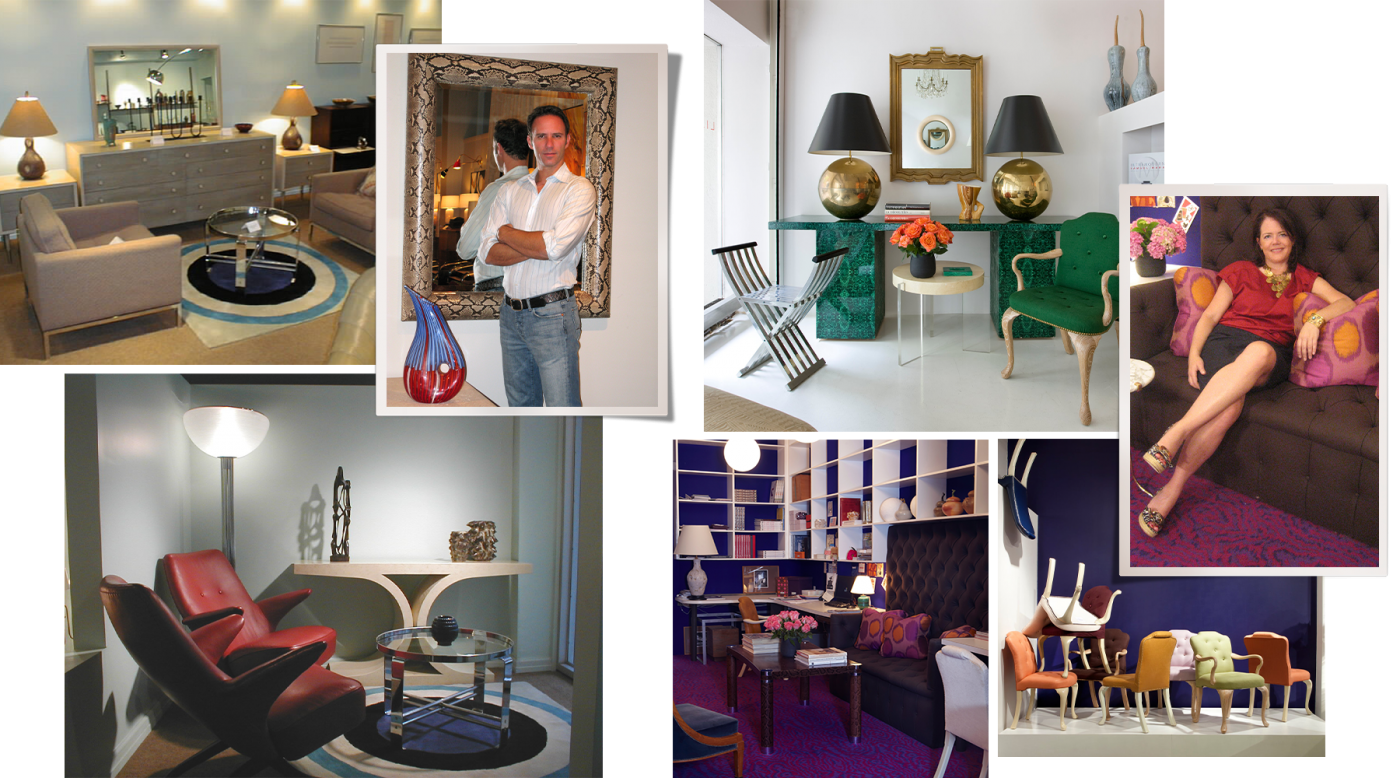
Tony: Paul, I think your story involves some of the other people on this Zoom call with us, but tell us how you came to this world.
Paul: Growing up, I was always collecting. I started with records and also vintage clothes. And then, I was living in New York and working at [the famous Tribeca restaurant] El Teddy’s. I used to walk down Lafayette Street all the time, where there were five or six mid-century shops. They were always calling to me, so I started going in. Meanwhile, at work, I had a manager who was discovering this kind of stuff at the same time. So, we started taking road trips together, hunting for stuff. And it just kind of escalated from there. I met a periodicals dealer when I was so hungry for documentation, and he sold me a collection of Interiors magazine — a run from 1947 to 1964 — which I didn’t know at the time was probably the most important American interior design magazine. So — bam! — the entire mid-century market opened up to me in a five-foot stack of magazines. I just became obsessed.
Tony: Do you still have those?
Paul: I do still have them. And each issue has a page of all the notes I’ve taken. After a couple of years, I opened up my first store, and day one, I met Benoist. Probably three months in, I met Evan. I met all these people. And Juliet and I used to work at the restaurant together when she was still a dancer. It was a really exciting time. And, like Liz said, the market was fresh and so new. There was so much that hadn’t come out yet. I think about how Liz once told me, “The thing about Art Deco is that so much of the best stuff has already come on the market. But with this, the best stuff hasn’t even been seen yet.” I really always thought that was poignant and what drove us — finding the things we didn’t even know existed.
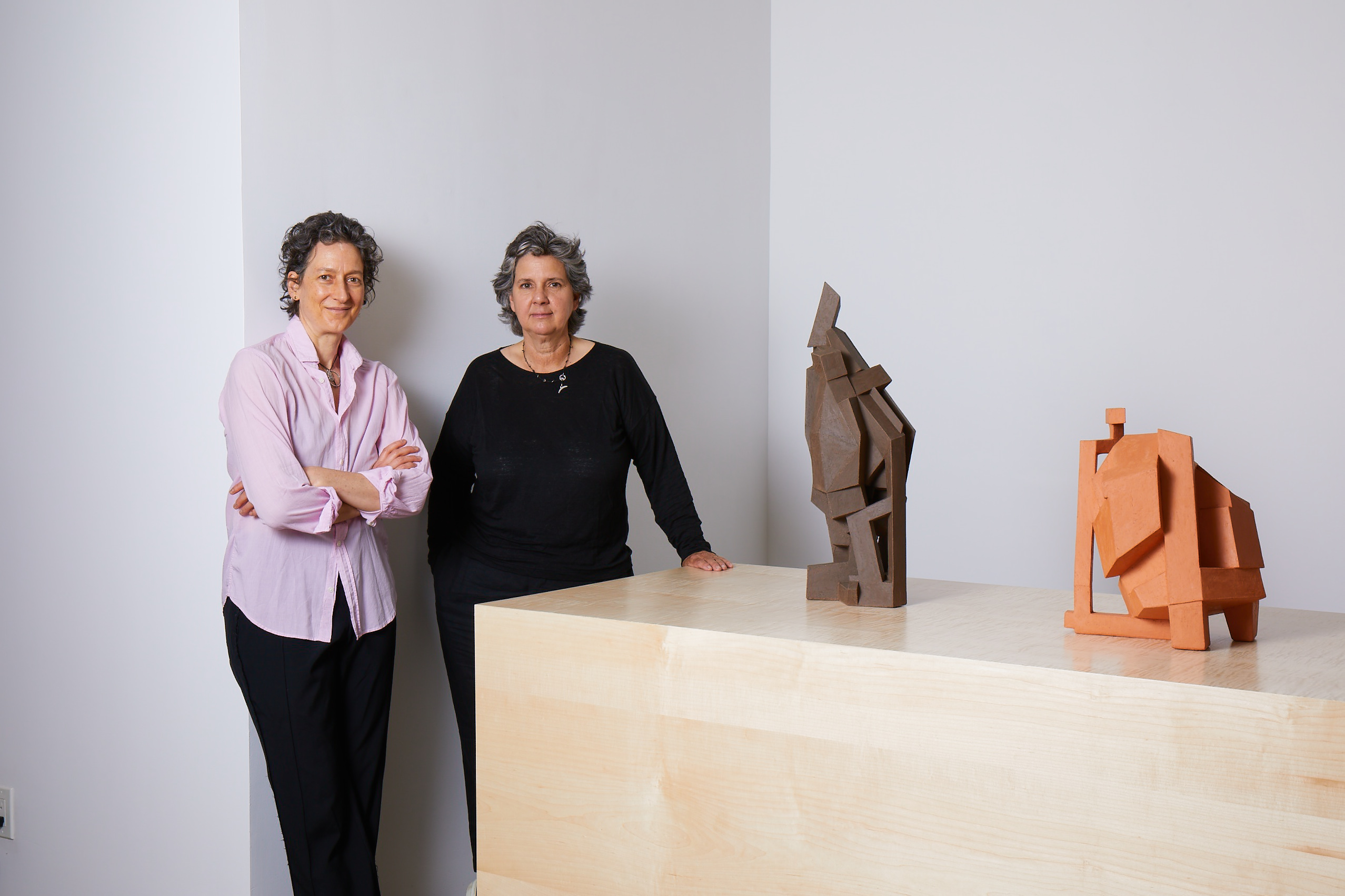
Tony: Does that still drive you all today, that sense of discovery? Let’s hear Juliet’s origin story and then I want to talk more about it.
Juliet: Well, my dad was a professor, and the first year of my life was spent in Lund, Sweden, because he was on sabbatical. And when Kim and I started dealing, I realized that my parents had brought back quite a few things from Sweden, like some beautiful little Höglund ashtrays that I really coveted when I was little. I was always drawn to objects and things of beauty. My grandmother was a designer, actually, and she had an office in the D&D Building for years and years. Her name was Roz Burrows. She lived on Sutton Place, and she had all these beautiful lamps and things. Everything was upholstered. It was such a different world from the house I grew up in, in New Jersey. And I think she really was a window into a world of design that I didn’t know existed.
I was dancing professionally for Mark Morris when I met Kim at a party in 1994, and I remember the first time I went to her apartment on Greenwich Avenue, and she had sculptures and beautiful paintings and some glass vases that were serious. And I was like, “Who is this person?” I was working at El Teddy’s — Paul actually trained me. So, you know, there were late nights, and it was a fun time. And I would wake up in the morning, and Kim had been up for hours on the phone selling things. It was a completely foreign concept to me. Later, I was dancing in an opera in London, and in my free time I’d go to Alfies Antique Market. I found some DANISH VASES there, and I was so excited. I set them on the windowsill, and they were like a reminder of something that was blooming inside of me and my relationship with Kim, because we were really falling in love. And it was such a happy, natural segue into another career.
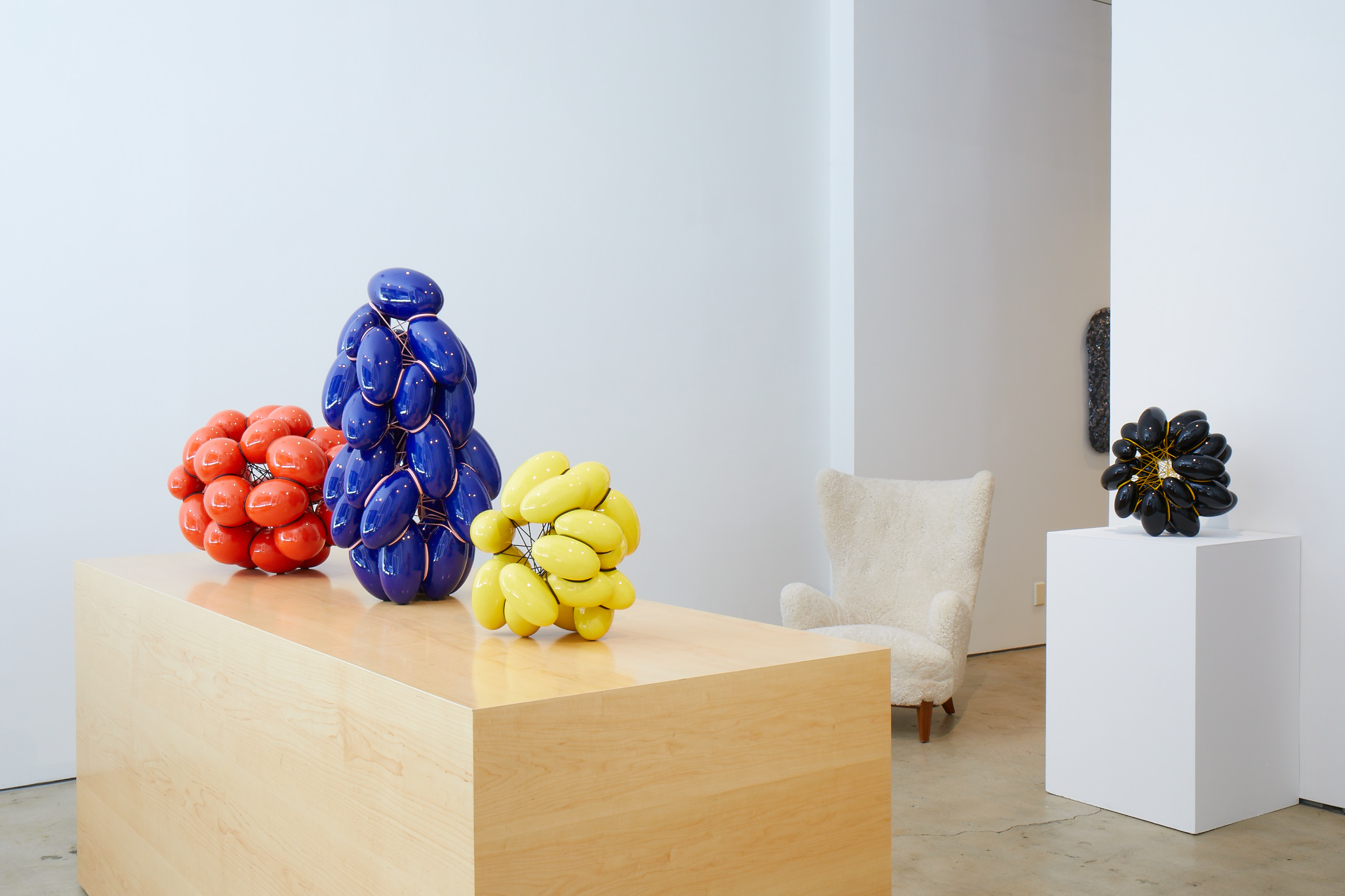
Tony: How did you come to open a gallery?
Juliet: Kim and I started taking trips early on to Stockholm together and bringing things back literally in our suitcases. We were studying up at the flea market and selling to some other dealers. I loved researching and learning about these designers and finding things. And then we said, you know, “Let’s open a gallery.”
Tony: What did you start off selling?
Juliet: Like everyone says, this material was completely unknown. No one had even heard of FINN JUHL. We were bringing AXEL SALTO and BERNDT FRIBERG over and introducing these ceramics. It was exciting. But it was also challenging in New York, having your own business. Whenever we thought, in downtimes, “We’re never going to make it. We’re never going to make another sale again,” something would just appear out of nowhere. Kim used to say, “The antique god provides.”
Tony: I love that. That can be the title of this story! I’d like to pick up on the idea of discovery, of learning. Does this still drive all of you?
Benoist: Yes. Last month I discovered some maker in London from the early nineteen hundreds, 1910, that I never knew existed. That started a new search. In three, four years from now, we’ll see the results.
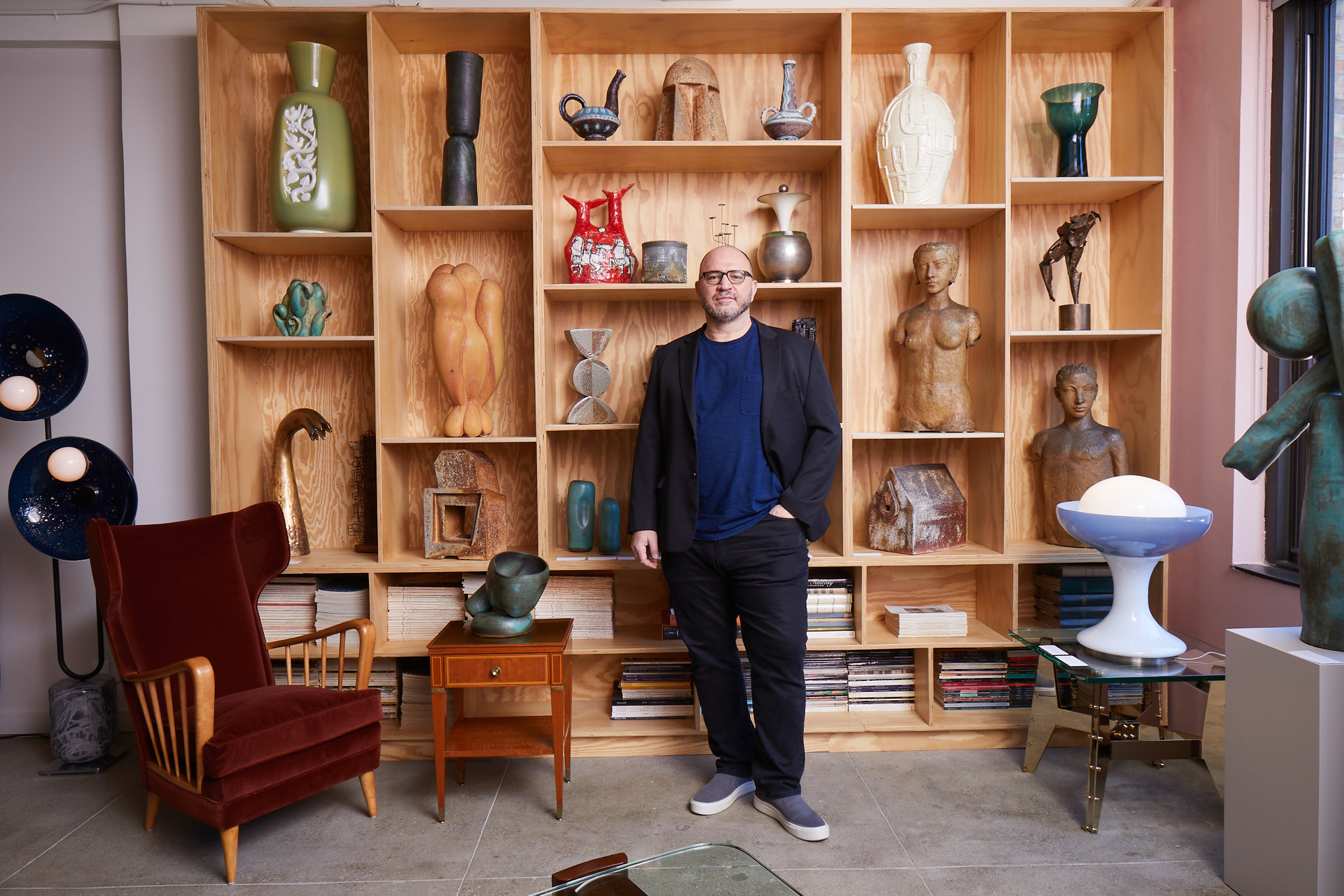
Paul: I’m discovering things all the time — new designers, artists. And I’m developing love for things that I wasn’t necessarily looking at ten years ago. At least once a week, I’m meeting somebody for the first time who shares a passion for something that’s in my gallery, and I get to fill them in and help feed their curiosity.
Tony: Does that inspire all of you, encountering a collector and being able to turn them on to something? Or connecting with fellow enthusiasts?
Evan: I think all of us are deeply committed to the process of learning and bringing knowledge to the marketplace. So many people who come in want to know about the designers that they like, say PHILIP AND KELVIN LAVERNE or PAUL EVANS or KARL SPRINGER. And there’s something revelatory about having enough information to drive a passionate interest in your clients.
Liz: I remember arriving at fairs in France and, seeing all the trucks, feeling like, oh, this is my tribe. You know you are kindred spirits, and they are curious about what you are doing. We would all be at markets, and then, my favorite thing was getting together afterwards and everyone would share what they found and what they knew.
Juliet: I think that’s why many dealers have also started working with contemporary designers and artists. Kim is really rooted in the vintage, but for me, it’s become all about relationships and being inspired by artists and also being able to bring their work to the market. There’s a wealth of materials out there to mine.
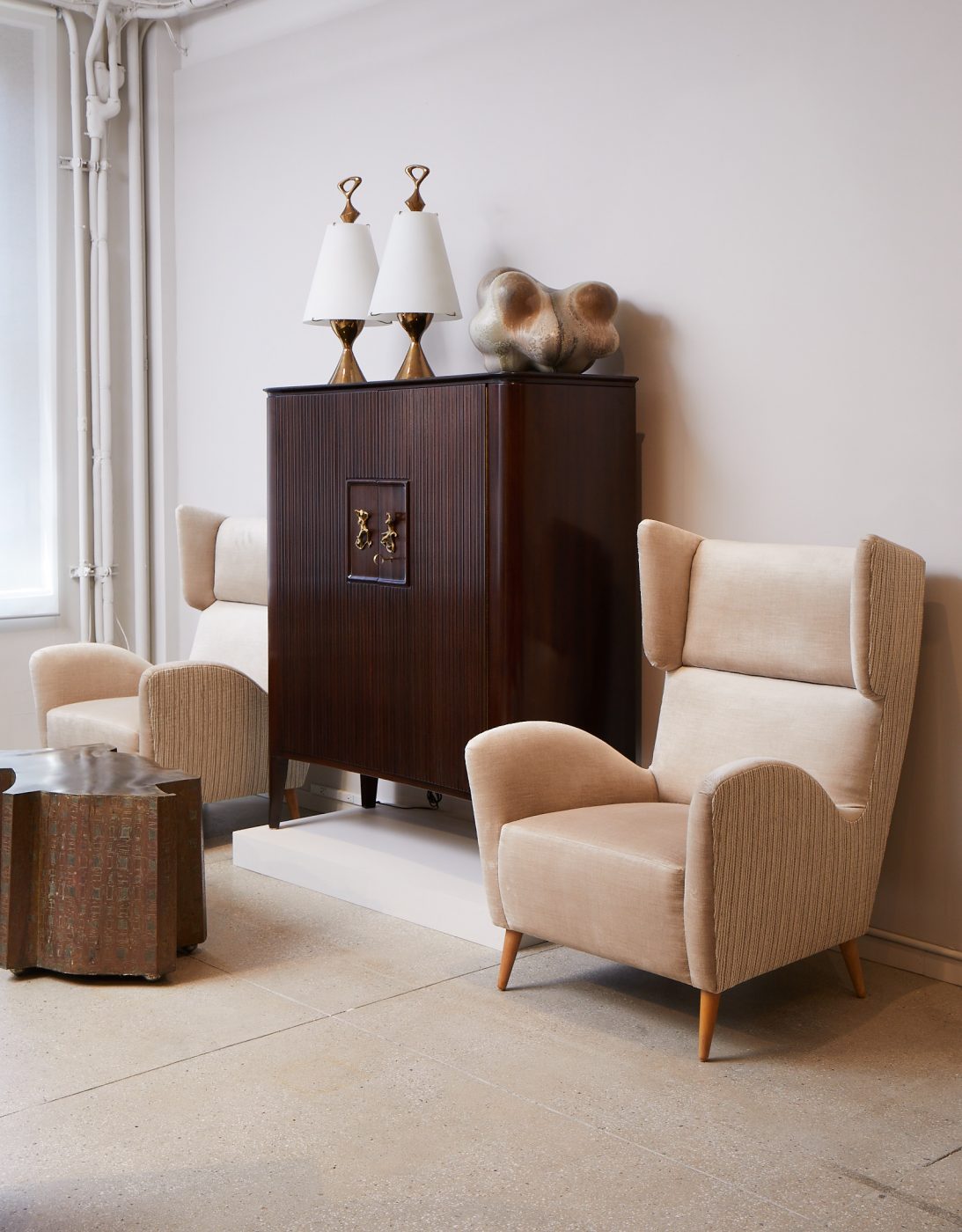
Tony: Regarding contemporary design, I’m wondering how collectors are adapting. A generation ago, you had collectors who focused on only one thing: eighteenth-century French furniture, for instance. Today, it seems as though people collect beautiful objects in any category — antiques, vintage and, increasingly, contemporary.
Benoist: I think it has been a natural evolution. We all have different origins, backgrounds. We don’t live like Marie Antoinette, with just eighteenth-century furniture. You’ll also have a couple of really modern pieces and a comfortable sofa. It’s more representative of who we are.
Paul: For me, it was kind of a revelation to start working with contemporary designers. And like many of my colleagues, I had a great resistance at the beginning, because it was all about vintage, and some people were confusing contemporary design with reproductions of vintage pieces, and that was not a great thing for us to see happening.
But when I started working with contemporary designers — the first one being a Frenchman, ALEXANDRE LOGÉ, whom I still work with — I could see the development of a piece and have a real dialogue with the designer. And then, you can also commission pieces, which opened up a whole new aspect to the business that was as exciting as hunting for the vintage pieces.
“I longed to be in a world where beautiful things could pass through my hands and I could learn about these incredible designs,” Lobel Modern’s Evan Lobel says of his decision to become a gallerist.
Kim: I agree there is that sense of discovery with the new material. It’s a different kind of gamble, because you’re bringing a new thing into the market. For us, it really has to fit into our program and make sense to what we are doing.
Tony: There’s a through line from the vintage to the contemporary.
Liz: Yes, but back in the day, it was really taboo for an antiques dealer to start representing contemporary work. That has now changed completely. And Kim is right: Once you’re established like we are, you have a point of view, so when you introduce contemporary work, there is a context for it.
Benoist: We have relationships with those artists. It’s very personal, and you have a responsibility with them.
Tony: I think the consistency that I’m hearing is that you’re committed to these artists whether living or dead. You’re not interested in finding popular stuff that you can turn around and sell really easily. You’re in it for the history, the knowledge, the building of a creator’s reputation and market. And that’s a long-haul kind of thing.
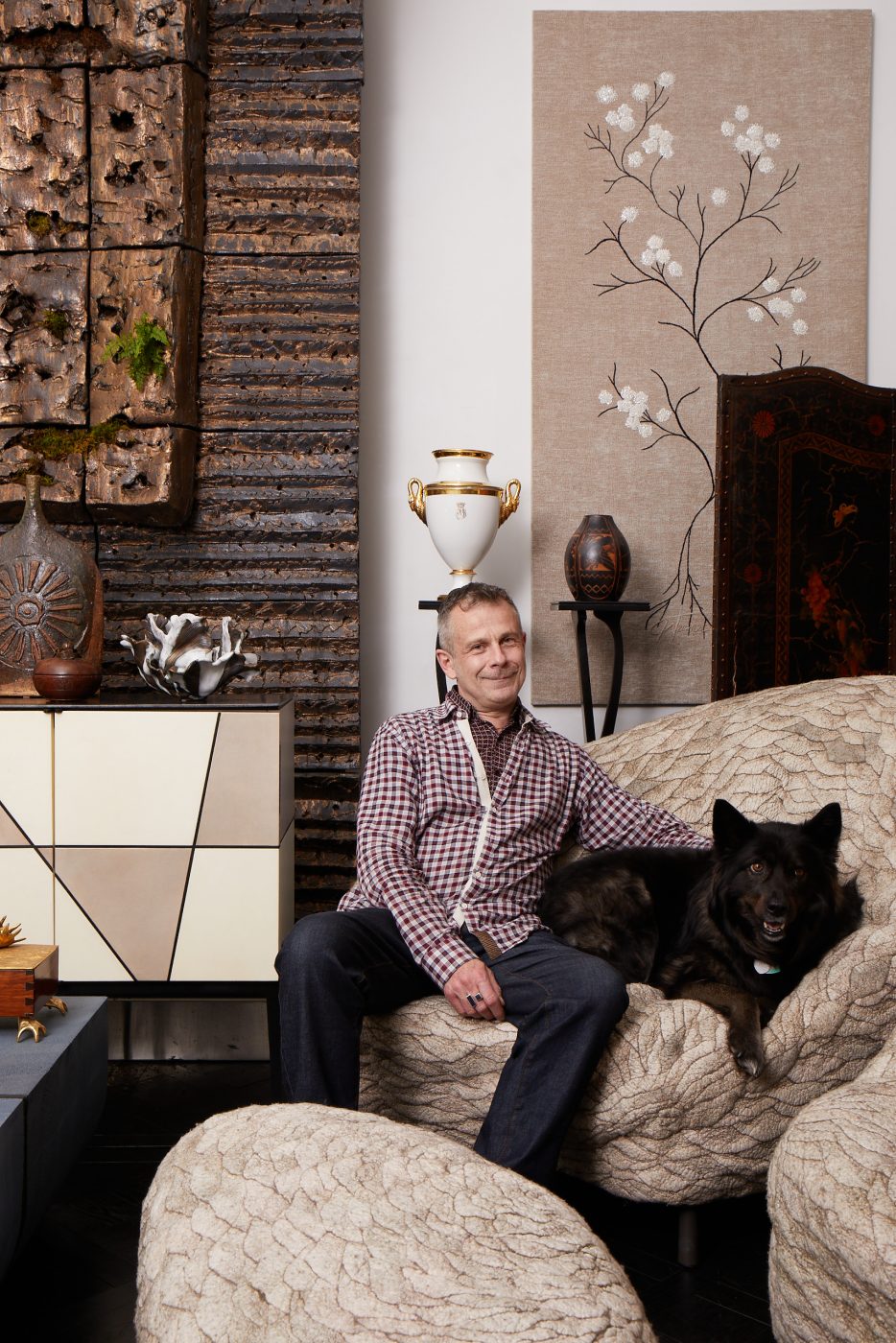
Benoist: And for the long haul, you have to be patient.
Juliet: I agree. Whenever we consider taking on a new artist, you want to do it so thoughtfully because it’s their life. When we sold the first piece by a contemporary artist, it was the most gratifying feeling I think I’ve ever had in the business. To be able to make that call to say we had a sale, it really was kind of mind-blowing for me. Tony: Can you tell us how interior designers fit into the success of your businesses?
Paul: Designers certainly drive my business. I’ve always found that interior designers are interested in looking at new things and they see beyond what collectors look at. That allowed me to buy in a broader way and to follow the things that I felt passionately about. They also informed my attitude about getting things restored. When I got into the business, a lot of the dealers were like, “Oh, no, you don’t refinish things.” And I said, “Well, I think the people coming to the market might appreciate things in nicer condition.” So the interior design industry has been a huge part of my business.
Liz: I would say that all of us here, in our collecting and how we present things, it is very much informed by interior design. I can remember being on Wooster Street, and Albert Hadley would come into my shop and tell me, “Oh, you know who did that fabric?” and after a while, I started having a sort of short list for Albert when he would come. I’ve always found them really responsive and curious and interesting.
Evan: I opened up in 1998, and right out of the gate, my strongest clients were interior designers. We all really are one hundred percent committed to the designers that we specialize in and the aesthetics that we love, and I think interior designers really understand that because they’re the same way.
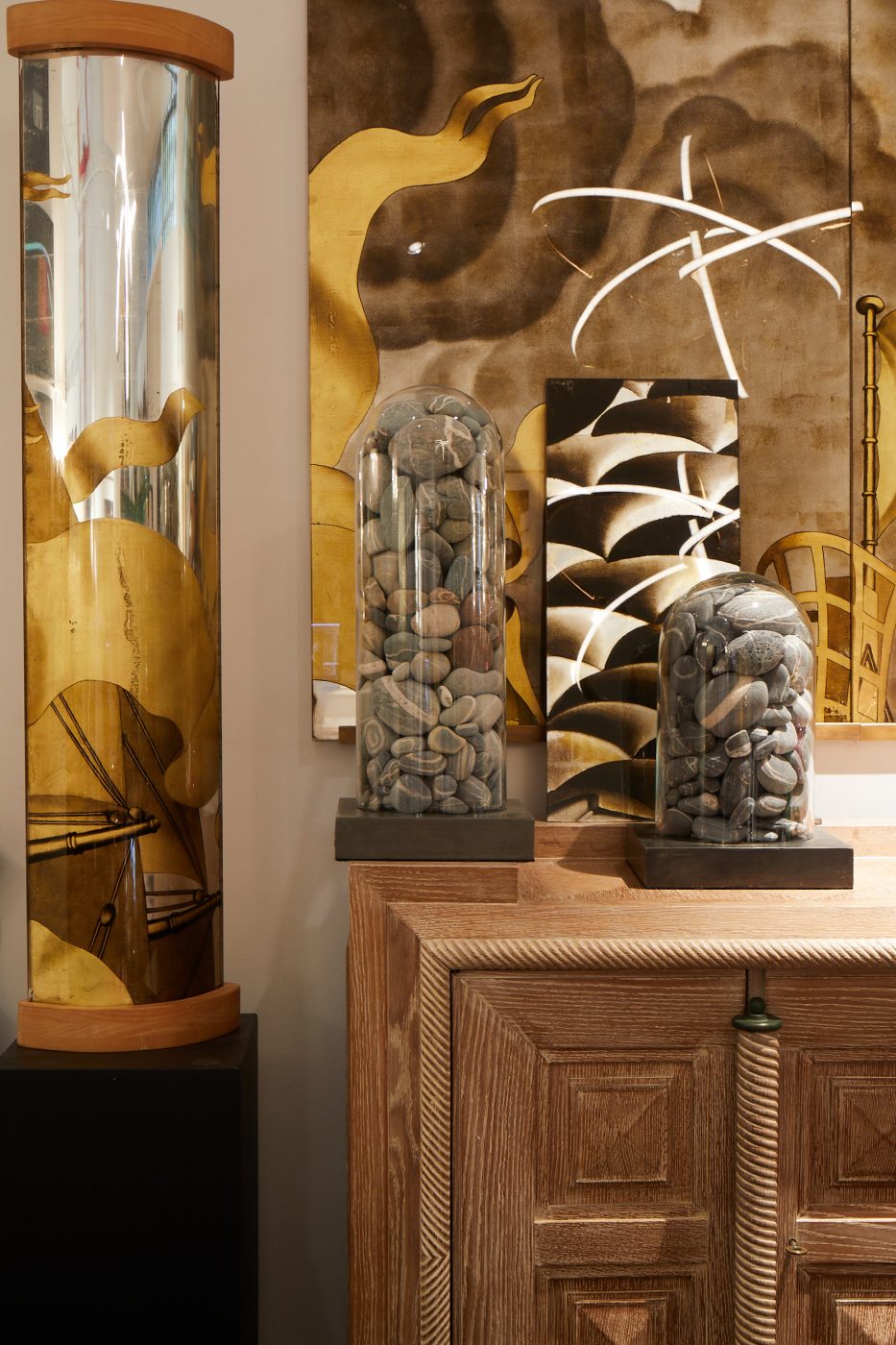
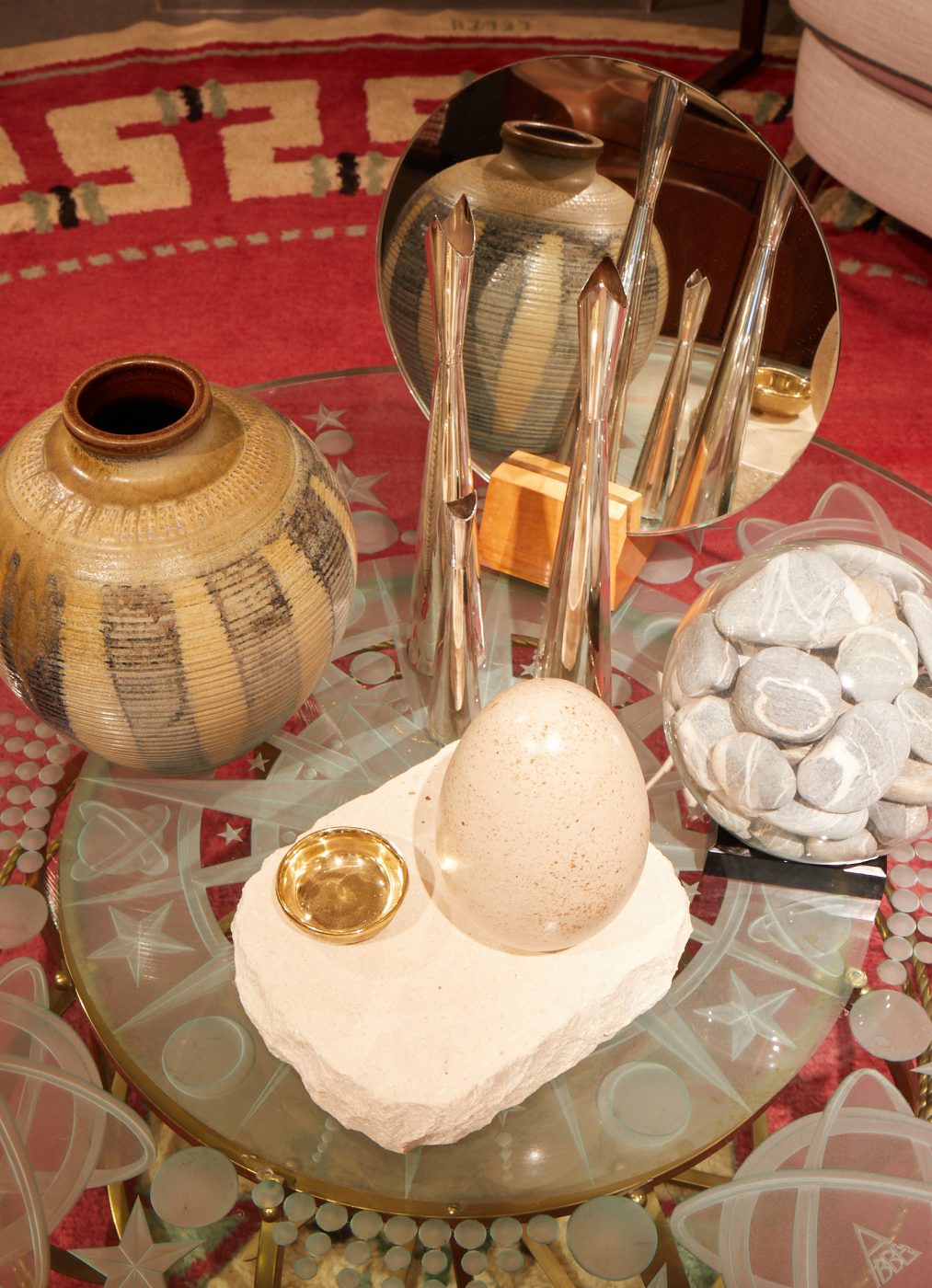
Juliet: They rely on us to be who we are and to stay, even if we’re bringing in new material, true to our vision. So that when they bring a client into the gallery, they’re coming to show their client: This is Hostler Burrows. They do this, this and this. The biggest collectors have an art adviser and interior designer and architects they’re working with. And if they’re taking something from your gallery, whether it be a piece of ceramic or a chair, it is going into a very important collection. And they want to know the provenance, and they’re trusting us, as dealers, that we’ve done our homework.
Tony: Does anyone have advice for collectors?
Benoist: I think at the end, you should really follow your instinct. Don’t buy because it’s going to increase in value. That is, buy what you like, not what the neighbor has because you have to have what the neighbors have. You’re going to live with it every day. It should be something that reflects your true love, your passion.
Kim: Buy the best you can afford.
Benoist: I agree. Some of the pieces that I still love the most are the pieces that I could not afford, and I had to pay for them over time.
Tony: Changing gears here a bit. You all have witnessed the Internet transform the art and design market. How has it changed things for you?
Benoist: There is nothing that replaces the experience of seeing a piece in the flesh, but the Internet is a fabulous window onto the world. With 1stDibs, we have reached people in faraway places that we would not have reached if we only had our website.
Evan: I remember the pre-Internet days, when designers and their clients could come by and spend some time in the showroom, and it would be more of an experience. But I’ve been contacted through 1stDibs from every corner of the planet, from collectors and designers and just people who are curious about pieces.
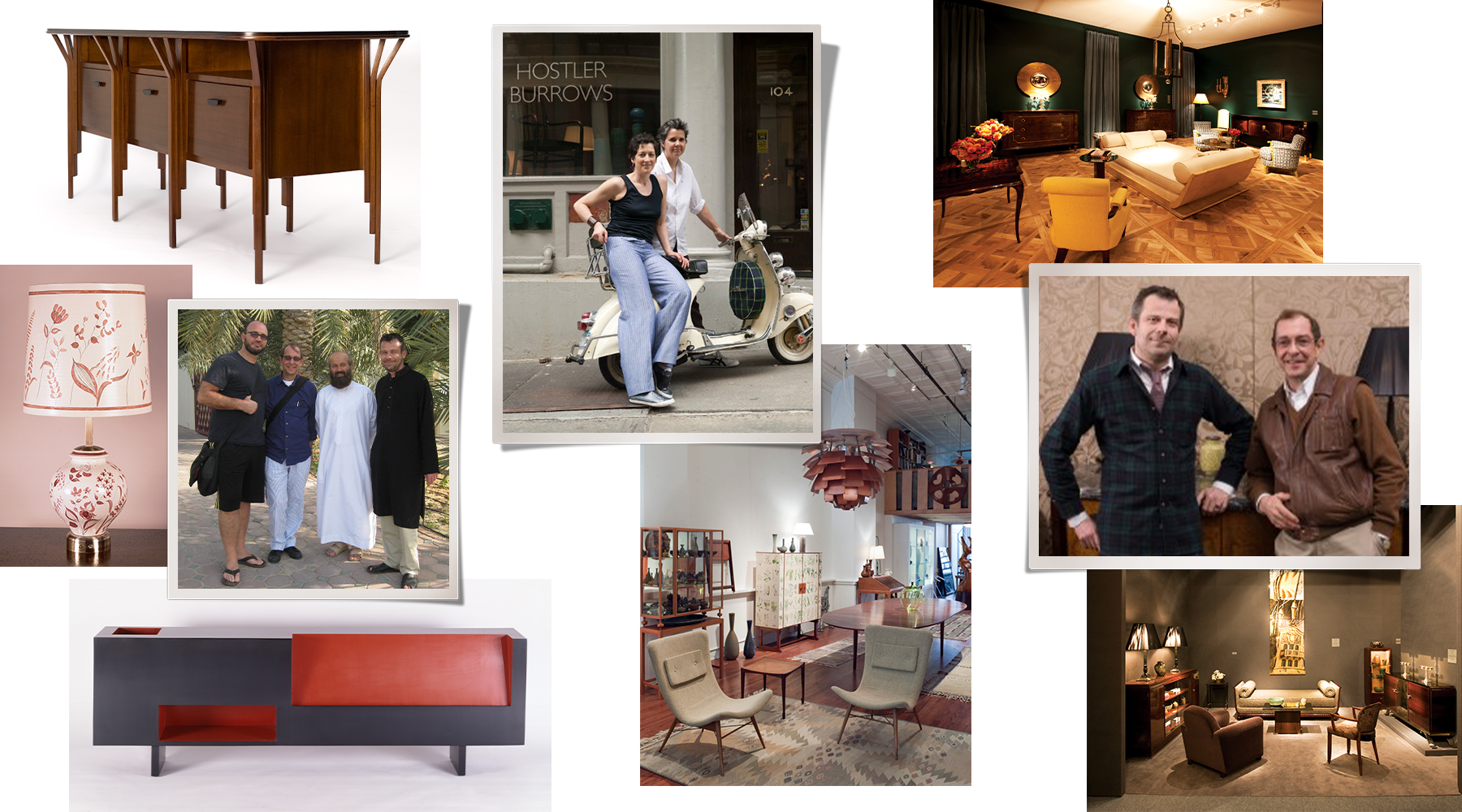
Benoist: When we first met [1stDibs founder] Michael Bruno, just after the site’s launch, Gerard said to me, “I’m not sure I understood what he meant with all that Internet shit. But he seems to know what he’s talking about. I think we should take a chance.” And we took a chance, and look at us today.
Paul: It certainly has brought so many more people into my gallery, whether it be in person or just online. I do buy on there as well. So, it’s been very good in that regard.
Benoist: A game changer.
Juliet: By now, the Internet is like an extension of our brain, and in terms of it just helping inform everything from pricing to exposure, it’s sort of invaluable. Obviously, you can’t get everything from it. You can’t get the personal or the tactile or the physical.
Tony: That tactile and physical are the things people are especially craving because of COVID, and it seems like that has really translated into a deeper interest in beautifying one’s home — not just because people are spending more time there but because they are really getting something uplifting and life-enriching out of their surroundings.
Juliet: Yes, they’re also looking for things that were made by hand and there is more interest in natural materials.
Evan: I totally agree.
Paul: I do, too.
Kim: I think people are buying things that are nurturing to them rather than just decorating, to be able to go home and have a calming environment. We’re definitely seeing that.
Evan: I think the beauty in life is being present in the here and now and enjoying the physical world that’s all around us.


